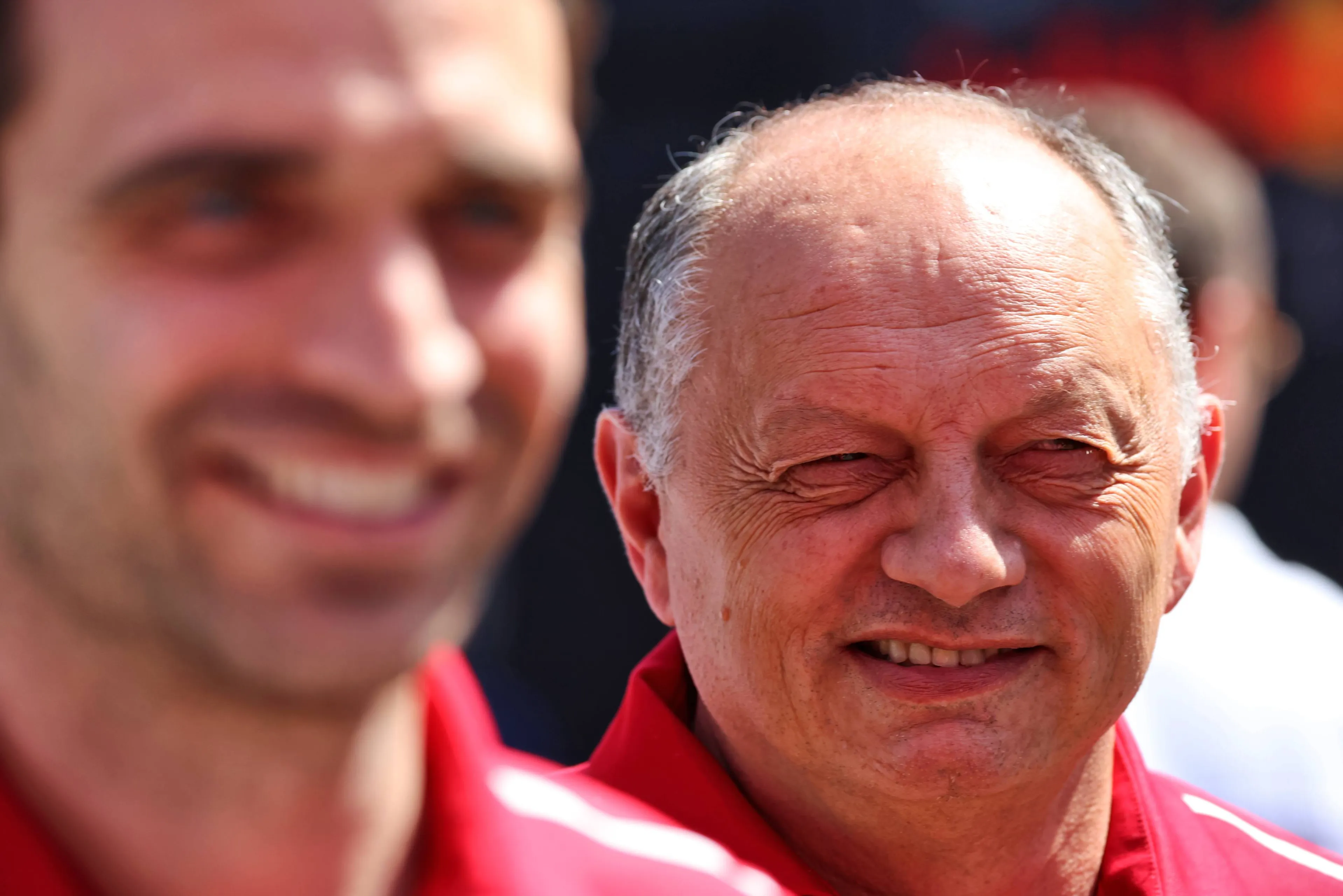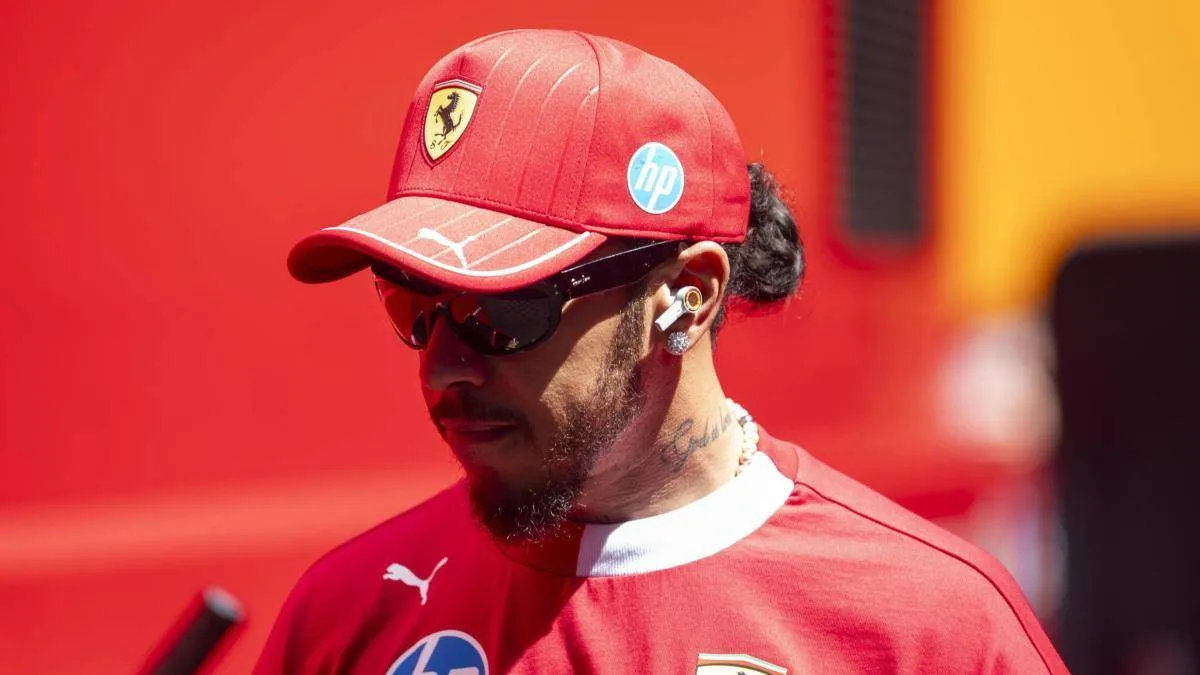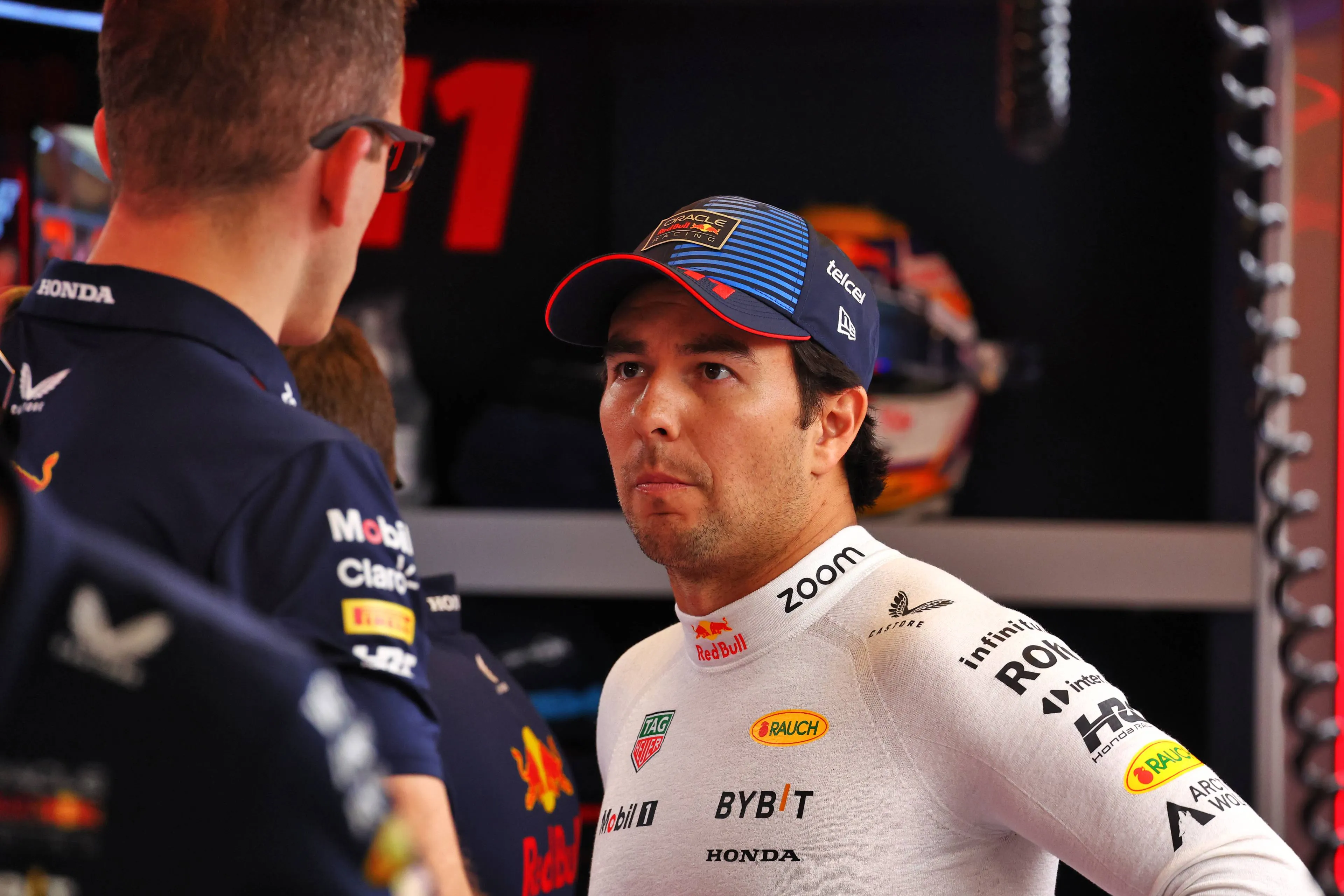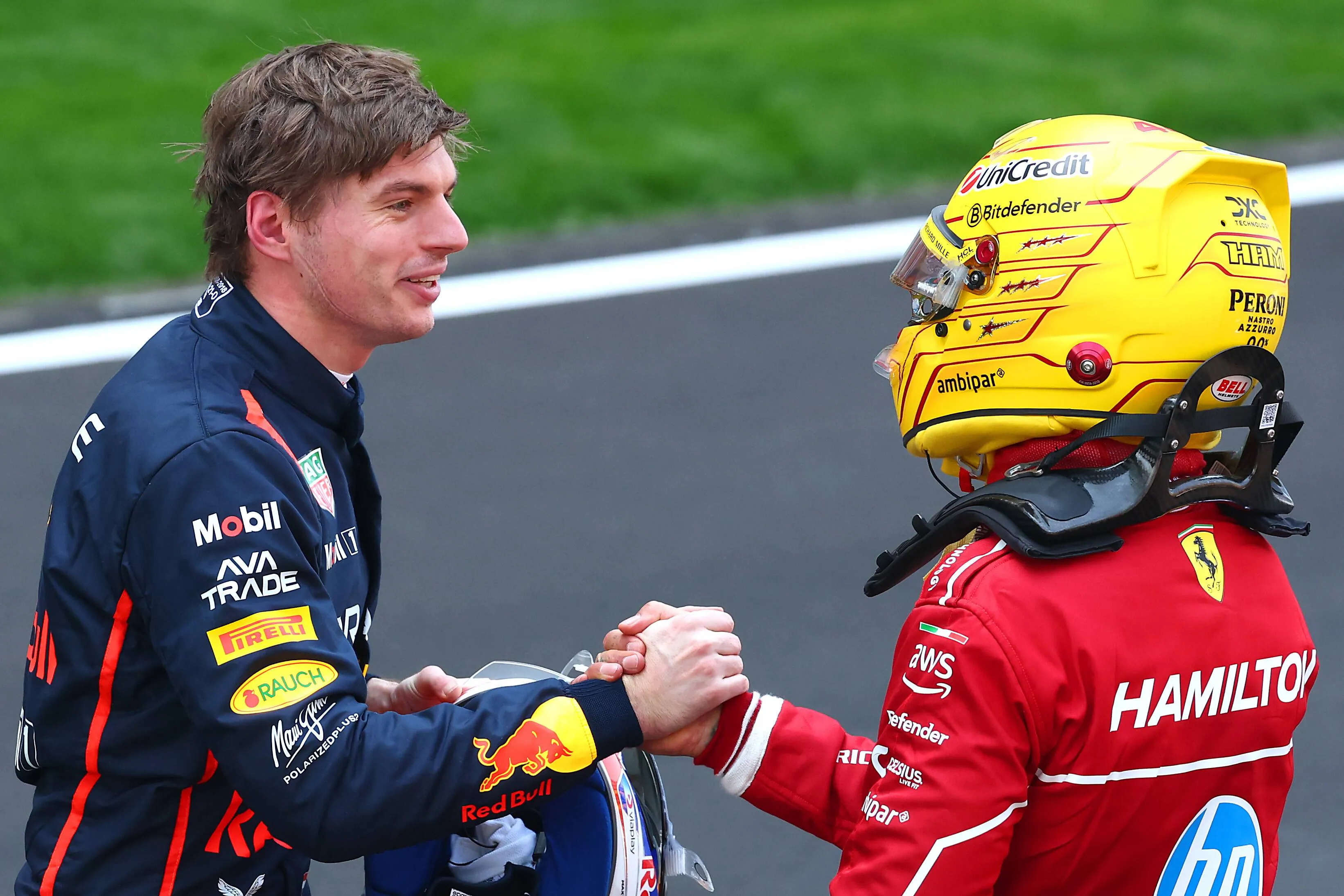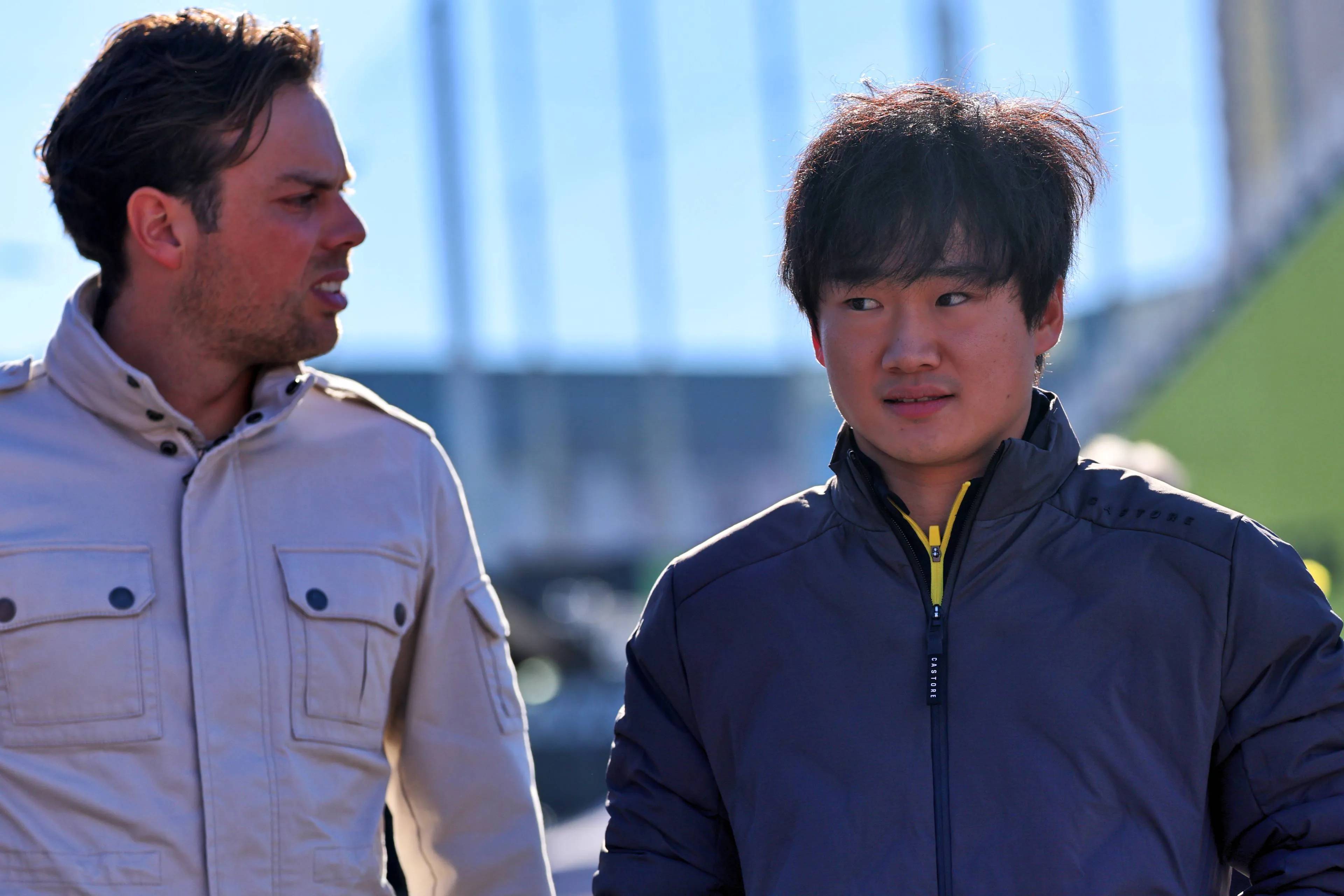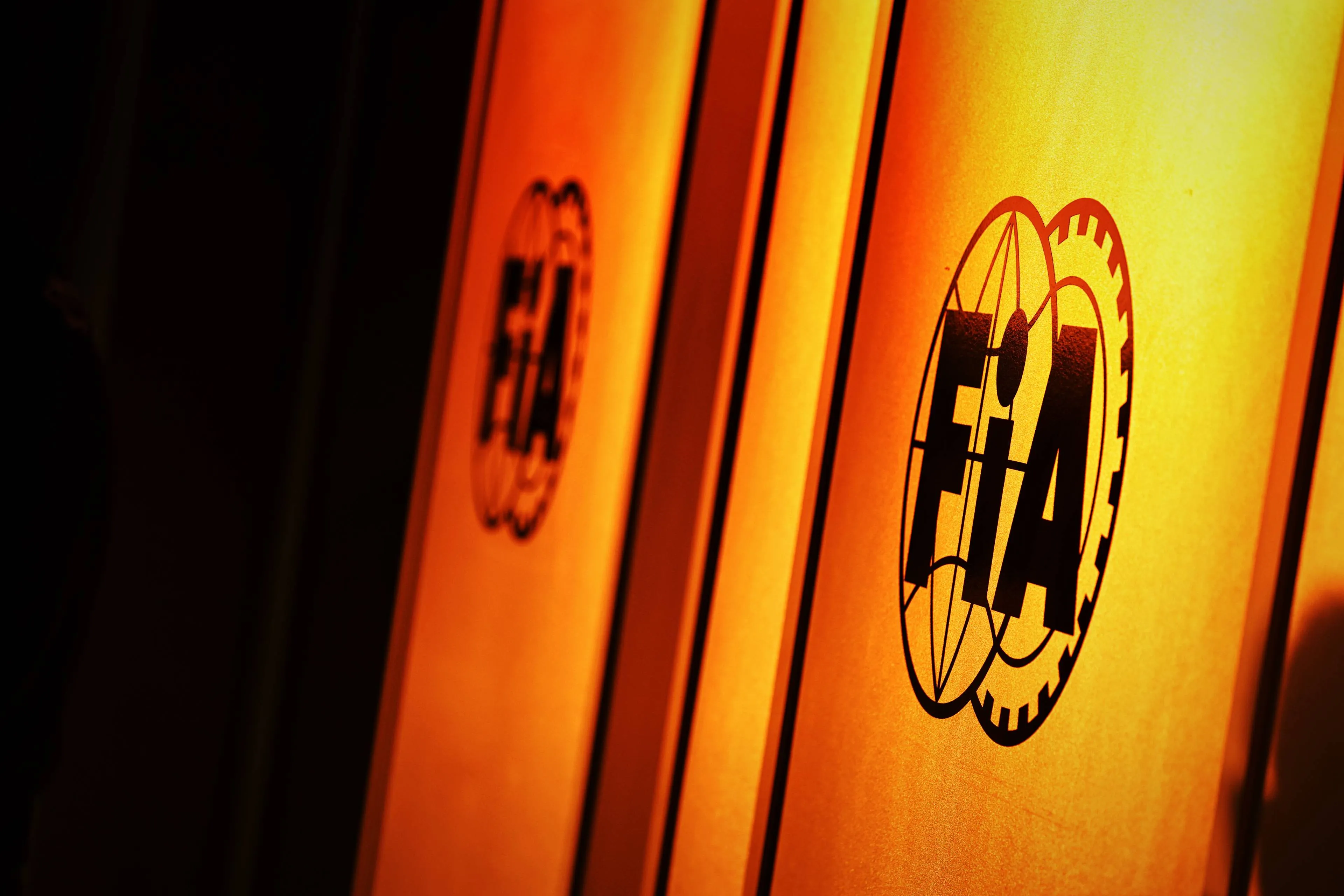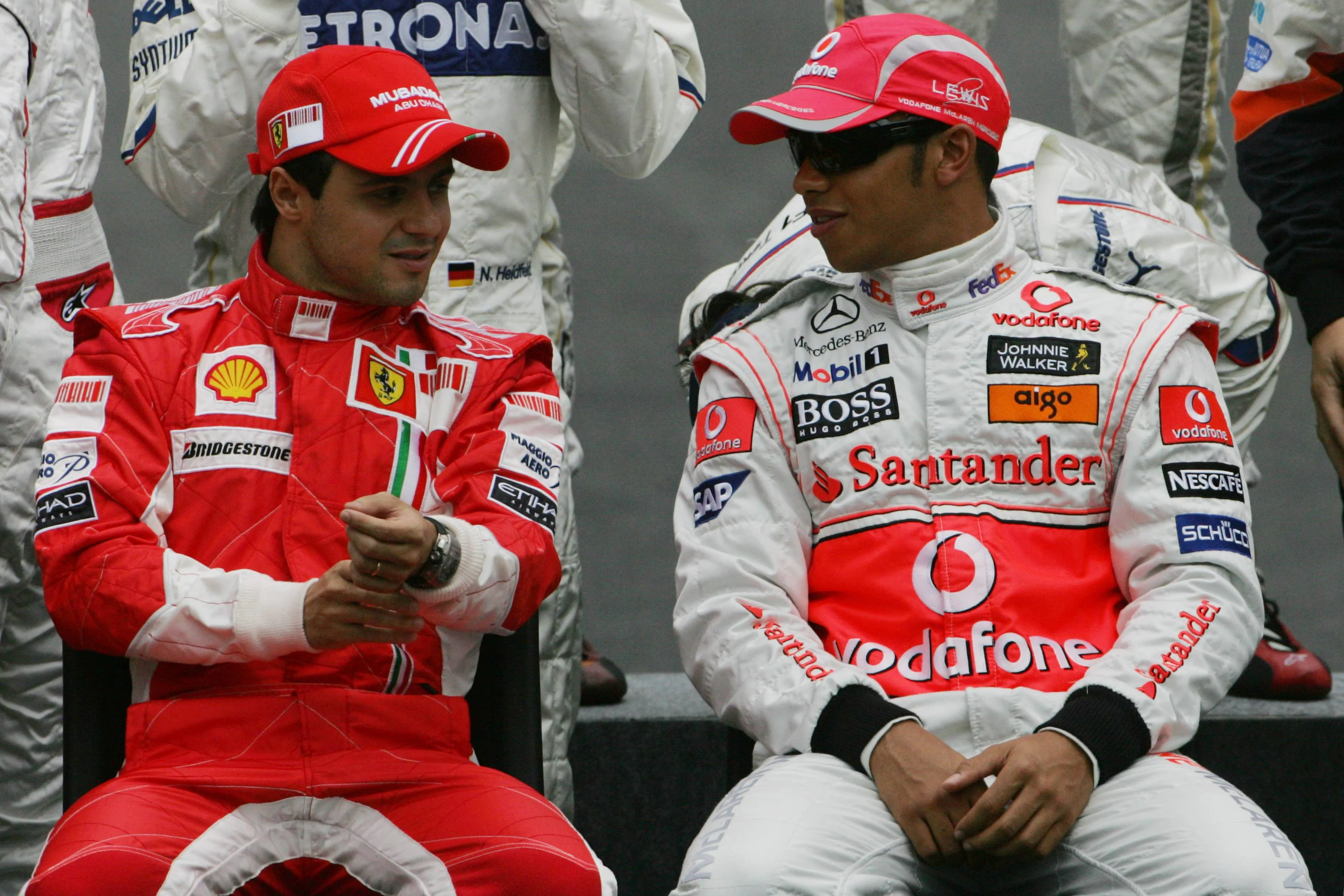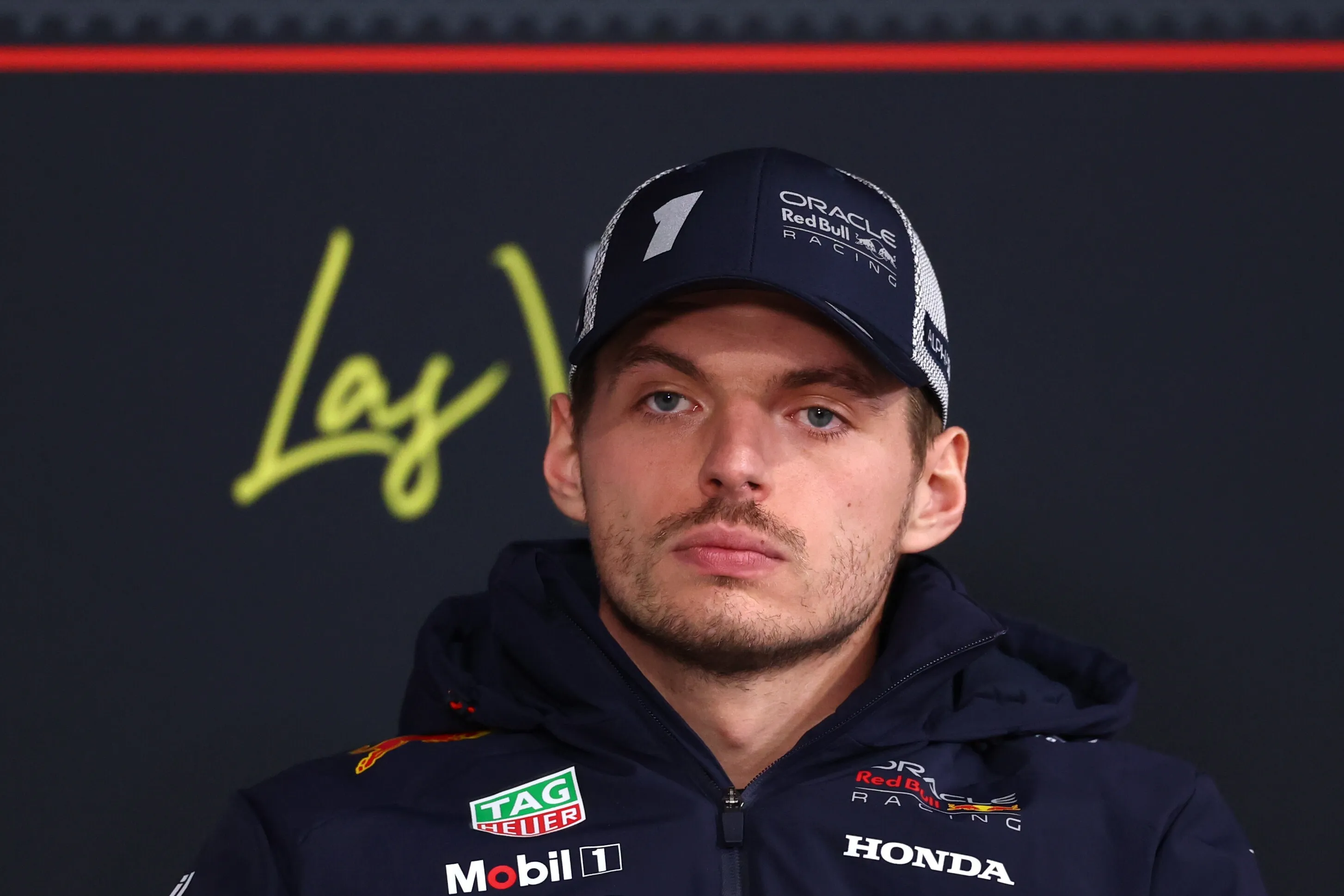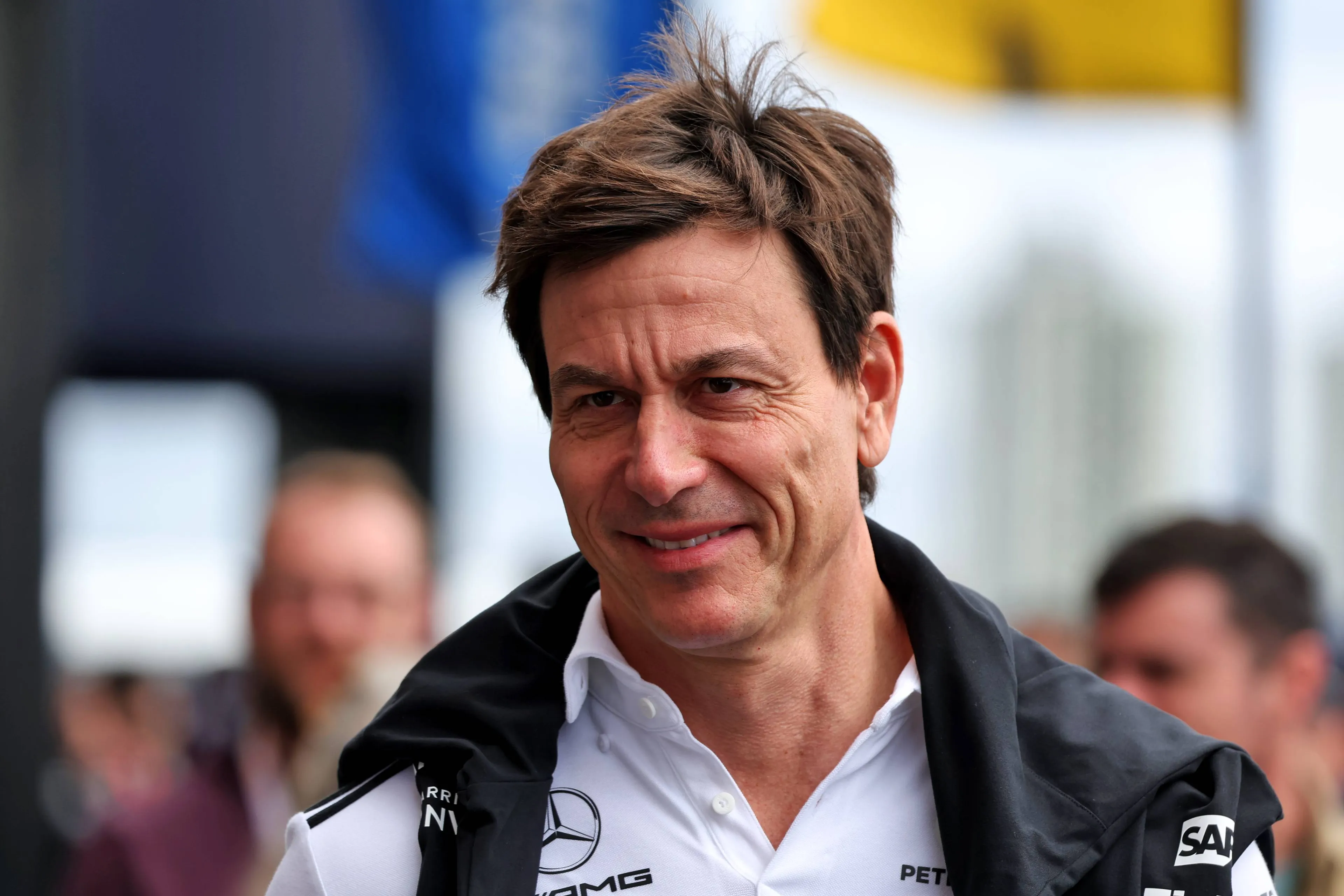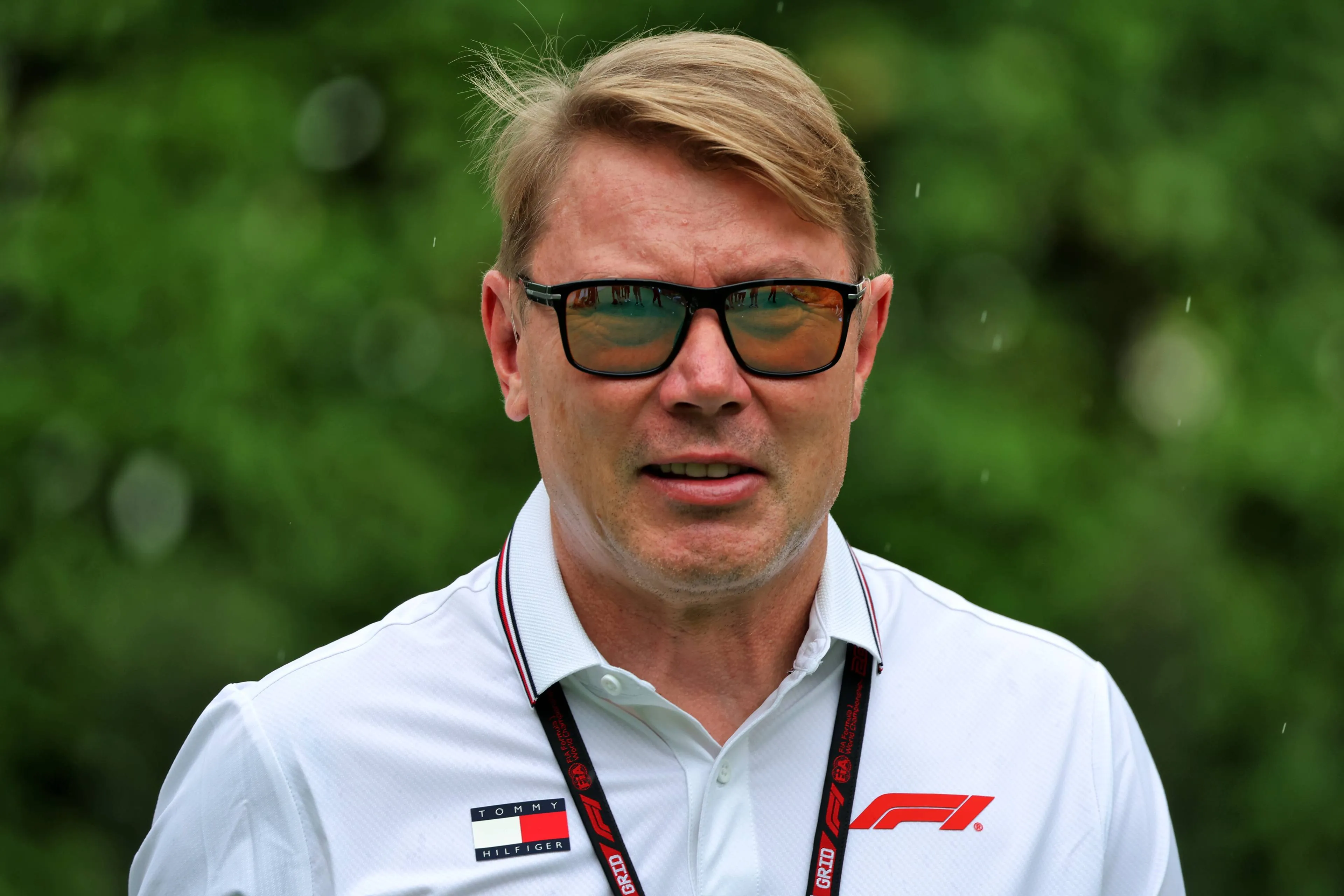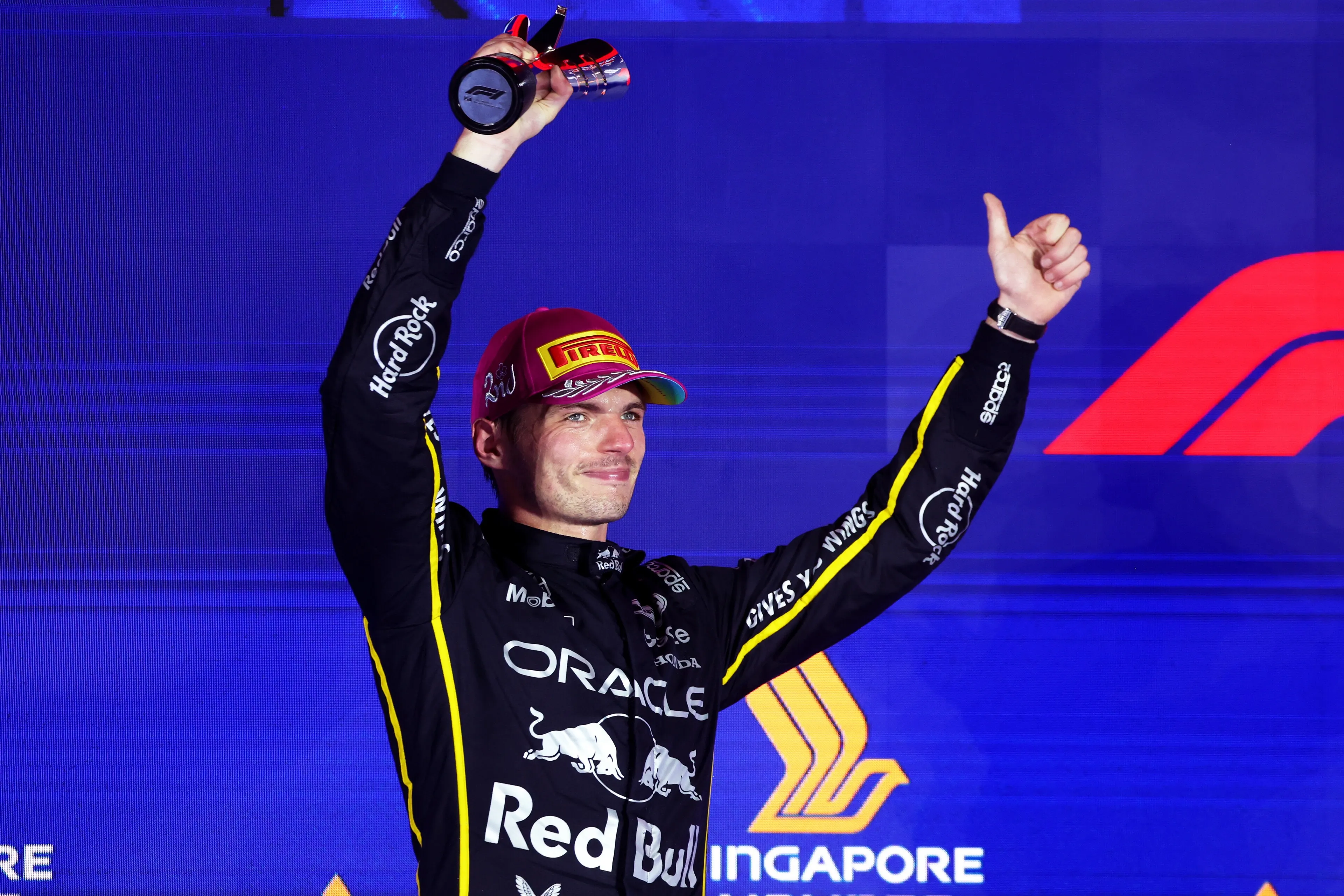Ferrari’s 2025 season has underlined just how punishing small weaknesses can be in modern Formula 1. However, for Ferrari it highlights a shift in focus namely on the 2026 campaign.
In 2026 Formula One is set to undergo a massive regulation change encompassing chassis, power units, active aerodynamic introduction, fuel and tyre spec, marking the most aggressive rule change in the history of the sport.
In 2025 though, with the current set of regulations still ongoing, Ferrari seems to have missed the mark, having poised themselves as championship contenders at the end of the 2024 season.
While the SF-25 represented a bold step forward in design, it has left the Scuderia struggling to replicate McLaren’s consistency and efficiency.
Speaking to auto motor und sport, team principal Frédéric Vasseur defended Ferrari’s decision to change the car’s architecture.
He admitted it forced the team to adapt quickly, but insisted, “It was the right decision. At the beginning, we had to learn how to adapt our car to the new architecture.”
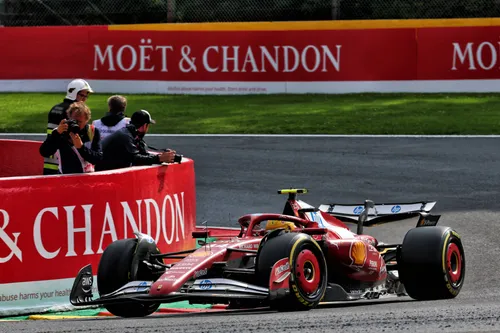
Where McLaren have pulled clear, Vasseur argued, is in tyre management, particularly in extreme conditions.
Ferrari’s early-season disqualification in China also had lasting effects, as the team raised the car to avoid repeat failures.
“As we all know, these vehicles are extremely sensitive in terms of ground clearance. Every millimetre is a position on the grid. To solve the problem, you lose focus on other things,” he said, pointing to compromised qualifying preparation, an area where Ferrari have suffered greatly this season, as one example.
Ferrari looks to 2026 title bid run
Vasseur also highlighted how Ferrari has shifted its philosophy to fix the issues at the base of the car, putting stability and predictability ahead of raw downforce.
He explained that fluctuations in aero performance, when the car rolls, pitches, or changes direction, undermine driver confidence.
“Then the driver gets more out of the package. If he can’t be sure what the car is doing, he’s too far below the limit.”
Looking ahead to 2026, the Frenchman believes lessons learned in suspension and braking development will carry over, even if aerodynamics won’t at all.
“Everything we learn there can be an advantage next year,” he noted.
Ferrari’s 2025 has been a story of compromises, but with F1’s rules reset looming, Vasseur insists these lessons could yet pay off.
Read also
Read more about:
Rumors
Popular on GPBlog
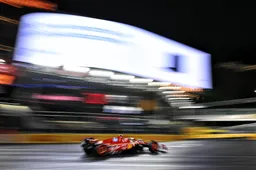
1
2025 Las Vegas Grand Prix: start time and full schedule
12285 times read

2
Verstappen confirms he wants to race with a different number in 2026
5489 times read

3
Massa’s court claim can go to trial — What it means for Hamilton’s title
1454 times read
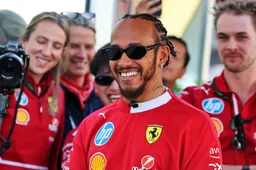
4
Hamilton fires back at Ferrari chief after 'talk less' order
1443 times read
Loading
